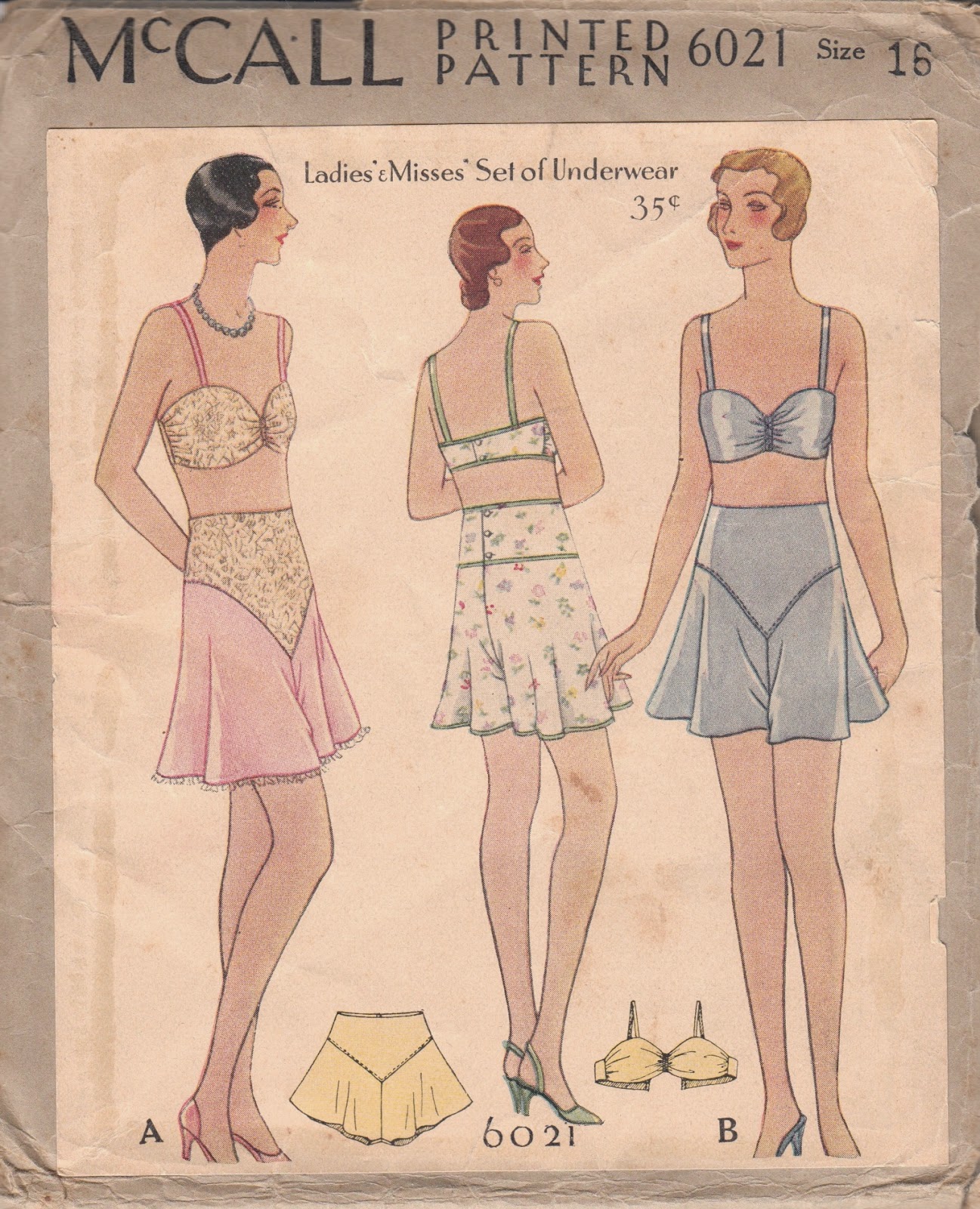"1906 Wedding Gown of Rose Gregorio when married to Enrico Varlese. Both were residents of Kearny, lived on Maple Street and there raised their family, Mary Varlese Macfie and Catherine Varlese Crane.
Gown gift of Catherine Hickenthier of Toms River, N.J., Rose's granddaughter."
This garment is actually one of those that has the most information about its provenance. This wedding gown even comes with a photo of the bride and groom and a marriage certificate!
 |
| Sorry for the obscuring flash, Mr. Varlese! |
But that is just about where the good things on this particular display stop. Disappointingly, the gown has been displayed on a wicker dress form. Over time, the sharp wicker has worn away at the thin, fragile silk of the gown. The dress was also displayed in a way that neglected the fashionable "S-bend" corseted silhouette of the time, and was dismally accessorized.
 |
| Damage from the wicker dress form between those itty bitty pintucks, and you can see how thin the silk is. |
 |
| ...What?!? |
 |
| ....A bread bag tie. For the veil. Made of stiff grey net. This is a big, lazy, design "no." |
 |
| There aren't any arms on this wicker dress form, so the lovely sleeves have been pinned onto the skirt. Inside the sleeves were plastic sandwich bread bags. I can't even make this up if I tried. This is so disappointing. |
 |
| The plastic sandwich bread bags that were holding up the sleeves. NEVER allow plastics near antique textiles, as they will let off harmful chemicals, especially under intense heat (like right under a huge skylight...) |
This wedding ensemble consists of a bodice and skirt. Both pieces are decorated with tucks (super small tucks on the bodice, and much larger tucks on the skirt), gathering, and delicate lace insertion. The bodice is of the pigeon-breasted style popular in the early Edwardian era of excessive froth and frou-frou, but it was impossible to notice this interesting period detail the way the dress was displayed. The sleeves are long and full, with rows of machine-made gathering at the sleeve cap; they taper down to fitted cuffs decorated with matching lace. The bodice and skirt close with hooks and eyes along the back.
 |
| Tearing around the armscythe, on the back of the bodice. |
 |
| Excessive shattering in the fragile silk, probably from the skirt being pinned onto the bodice for the display. |
 |
| Along the side seam, there was a huge tear, where it appeared that a triangular chunk of material had been removed. |
 |
| Armholes bound in bias tape, yellowed with age and stains. |
 |
| A cotton slip underneath the gown. However, it didn't stop the bodice from being worn out by the wicker. |
This wedding gown will now be displayed on a
dress form, which I carved down to achieve the right shape and measurements. I
made a flounced petticoat to both protect the skirt and help hold it out into the right shape. However, even after all this, the dress form still didn't have enough "oomph" in the derriere, so it was time for me to break out the all-natural unbleached cotton batting and pad up the dress form.
 |
| What an improvement! |
 |
| S-bend shape with pigeon-breasted front, and the slight train of the skirt filled out by the flounced petticoat. |
Most of the hooks and eyes were either missing or damaged, so I had to get creative with how to keep the dress safely on the dress form...I decided to use flat-headed T-pins to hold the fabric down without piercing the delicate silk.
 |
| In the upper left-hand corner, you can see some mending on the waistband. I'm not sure if it's original, or if it was added later. Also visible is all the shattering and holes in the silk, probably from the stress of the hook fastening. |
 |
| Flat-headed T-pins holding down the collar. It's the back of the dress, and the gap definitely not noticeable enough that it will be distracting to the display. |
























